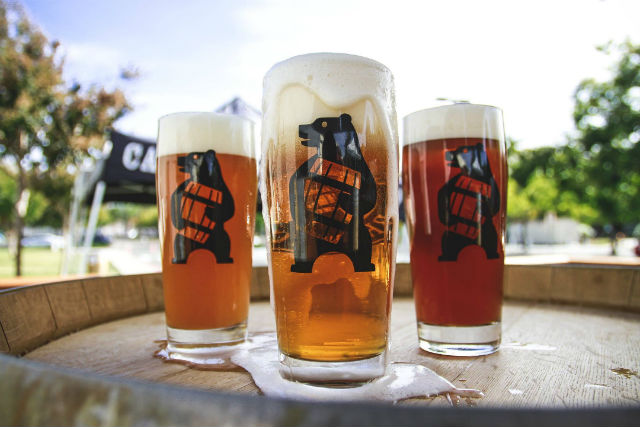
Seeing a massive growth spurt — going from 4,500 barrels produced in 2016 to 17,000 last year — Calicraft Brewing is right where they wanted to be.
“We have always envisioned ourselves as growing to a large regional player with distribution and packaged beer,” explained Thomas Vo, the brewmaster for the Walnut Creek, California brewery. “Our timelines are based on doing a deep dive into our past sales and figuring out growth on a per product and per distributor basis.
“We build beers and products with scale in mind … although not all of our beers follow that metric.”
Calicraft saw strong growth in both draft and package business in 2017. Vo said it was due to a growing momentum with their distribution teams as well as innovation in new products.
“We focus on innovative beverages inspired by the people, places, and ingredients in California,” he said. “Guava Trees is a California Sparkling Ale — made with guavas, pinot grigio juice, and white wine yeast. Guava Trees drinks like a dry, tropical, mimosa.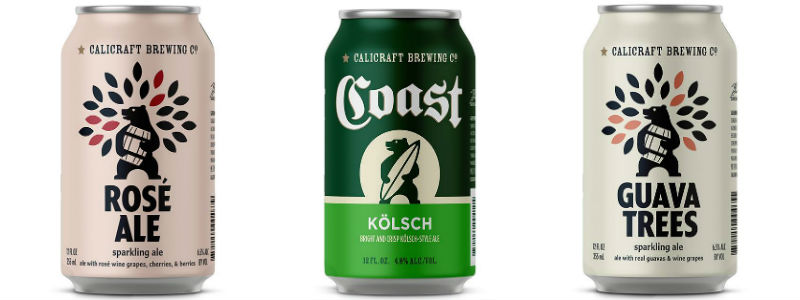
“Rosé Ale is another innovative beverage in the same family, made with rosé wine grapes, raspberries, cherries, and rosé wine yeast — combining the flavors of wine, freshness of a cocktail, and drinkability of beer.”
The brewery also diversified its portfolio so that growth can come from many different categories. Their sour program has gone from 10 wine barrels in 2014 to 200 wine barrels in 2017 with plans for 12 different barrel-aged sour releases this year.
Currently only distributed in Northern California, Vo said Calicraft is looking to expansion. But, he mentioned, they wanted a solid base with natural growth before growing outside of their territory. “We want to test the more experimental products and see if they resonate before we ship them to new territories,” he added.
The main things that have shifted in Calicraft’s business strategies has been the expansion of its sour program and canning versus bottling.
This past year they also went into six-pack cans in response to the growing market demands — especially from chain retailers.
“We have a leg in both sides of the beer world, the niche hazy-sour-taproom market as well as the six-pack chain/retail side,” Vo said. “This allows us to respond to market trends as well as give us more outlets for innovation and creativity.”



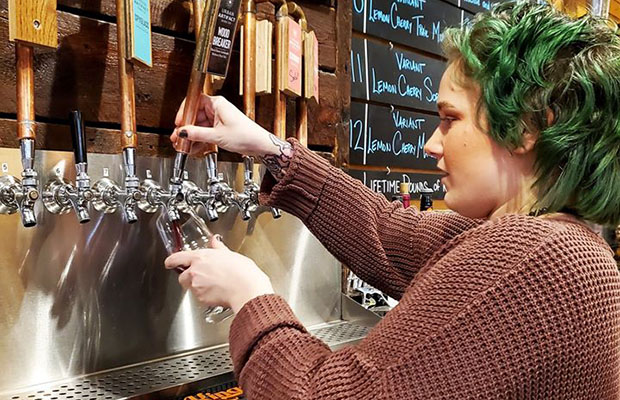
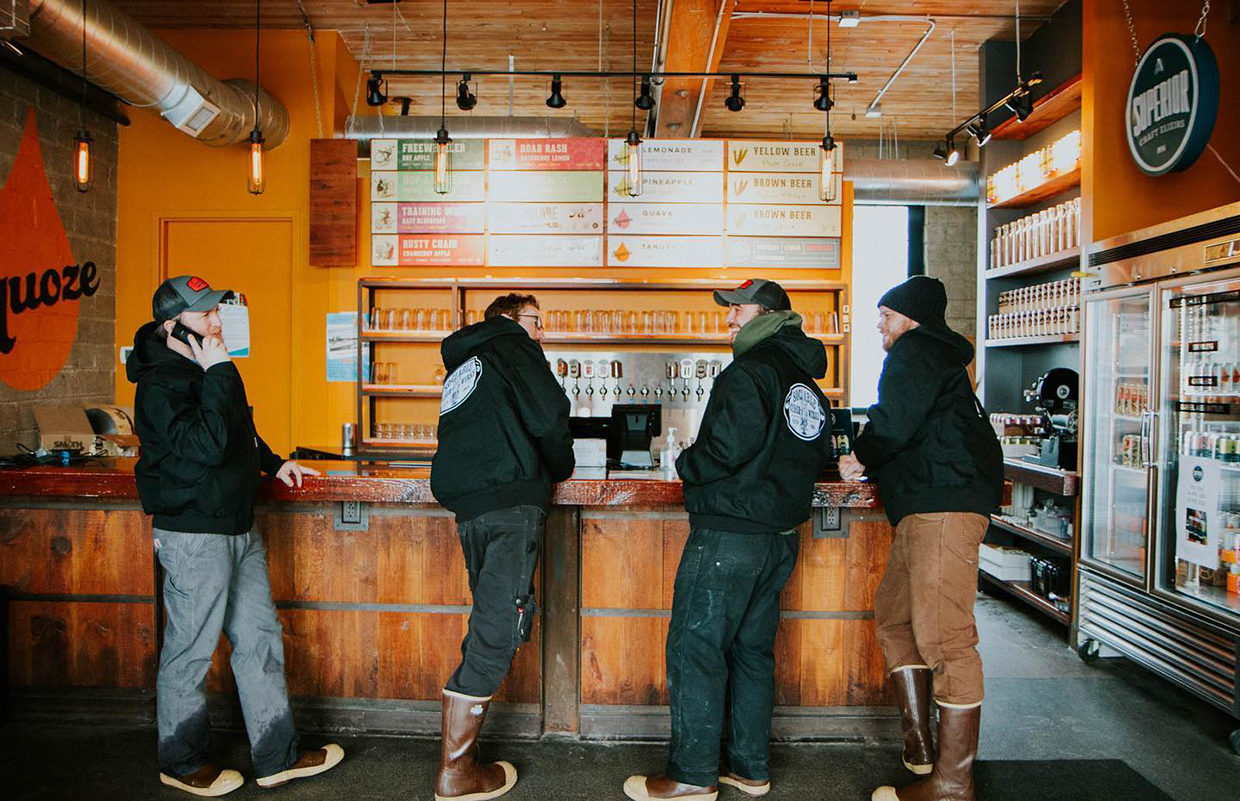
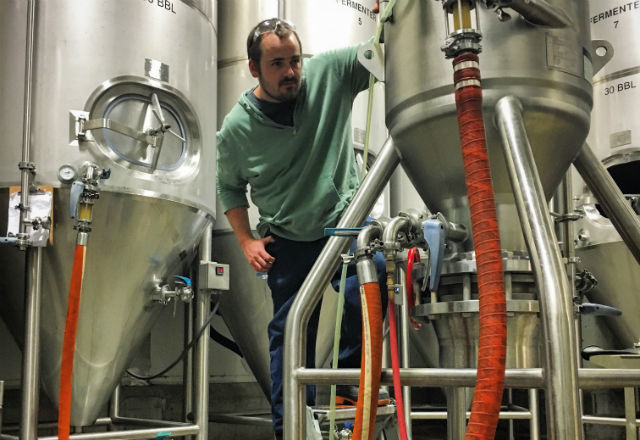
Be the first to comment